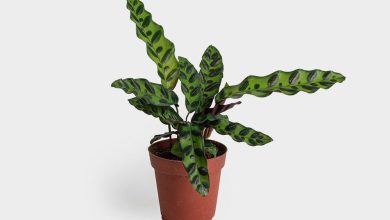How to make a drainage in the vegetable garden: why is it necessary?
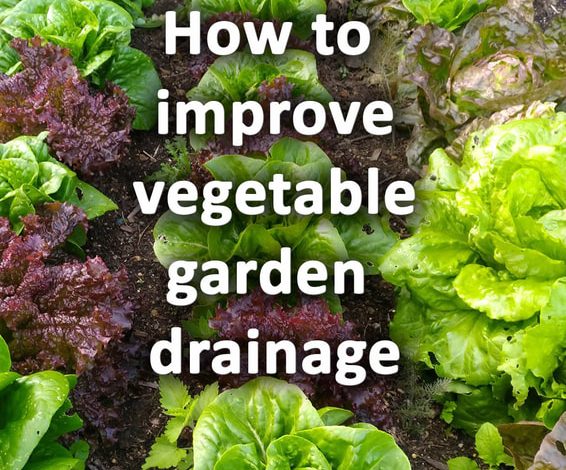
Hello to all agrohuerters! Sometimes we see that water accumulates in certain parts of our garden and this may be due to poor drainage. In today’s article we will learn how to make a drainage in a simple and economical way to prevent our plants from drowning or different diseases from appearing.
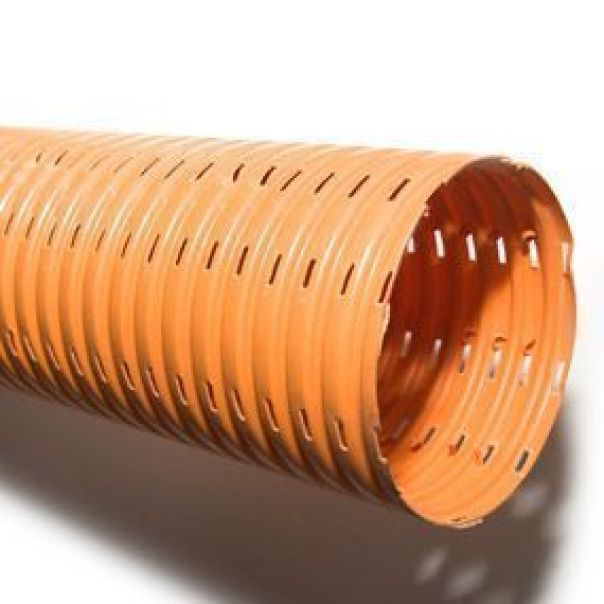
What is a drain?
Much more importance has always been given to cultivation than to the soil. In fact, there are sayings that say that » the soil is the poor brother of agriculture «. However, for the correct development of the plants (with the exception of hydroponic and aeroponic crops) it is absolutely necessary to take care of both the soil and the plants.
One of the fundamental factors that influence whether or not the soil is suitable for production is that there is good drainage. We know by the term «drainage» the action of extracting water from the soil to increase crop production and prevent flooding.
The origin of the water that we want to evacuate can come from:
- The precipitation that falls directly in that area.
- Due to the runoff of water from one area to another.
- Due to the elevation of the water table due to irrigation or due to the elevation of the water of a river that is nearby.
Why is it necessary to drain the soil?
The main objectives that we want to achieve when making an agricultural drainage are the following:
- Avoid water stress in plants due to excess water and humidity.
- Prevent diseases caused by fungi in plants.
- Protect crops against runoff from heavy rains.
- Eliminate excess salts in the soil. Salinity is a major problem in soils.
- Maintain an ideal humidity for the development of crops.
In the following image you can see an example of a soil that does not drain well:
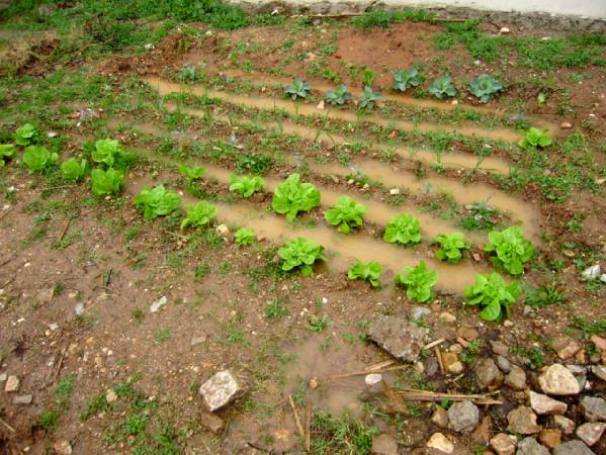
How to make a drainage in the garden
Whether we grow in soil, on a cultivation table or in a pot, the drainage must be good. Below we will explain each of the cases.
1. Drainage in pots
Making a drainage in a pot is very simple. You just have to make sure that there are some small holes at the bottom of the container (if not, you can make them with the help of scissors or a screwdriver).
Next, before pouring the earth, we place small stones that partially cover the holes, as shown in the following image.

Once all the stones have been placed, we pour the earth and place our corresponding seeds or plants.
2. Cultivation table with drainage
If what we want is to make a drainage in a cultivation table, we have many options. Next I will show you the simplest ones.
- Sometimes, the cultivation tables have holes in their base to facilitate said drainage. Therefore, the easiest option is to place a plastic (normally it is included with the table when you buy it) on the base, helping us with a stapler. It is important that this plastic (or mesh) is permeable to allow water to pass through and fall to the ground.
- On the contrary, we want to prevent the water from falling directly on the floor, we can make a hole (the size of the mouth of a bottle) in the base of the table. As we always support recycling, you can put the neck of a bottle in the hole and place a bucket right at the bottom. It is important that we place the hole in the part of the table that is most inclined so that the water moves to that place.
- Next, to avoid damaging the wood of the table with the substrate, we can put a normal plastic on the base, cutting a circle right where the hole is. The next thing will be to put some gravel on the base that will favor drainage and, finally, place a permeable plastic on top. In this way we will have an effective drainage system that will help our plants to develop better.
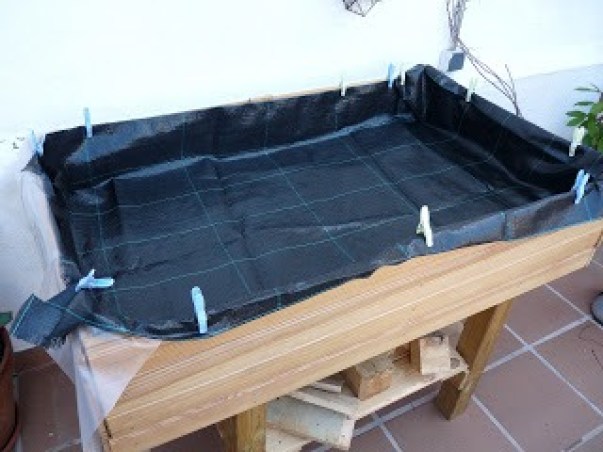
- Depending on the money we spend, a better or worse drainage system will be incorporated.
3. Floor drain
In crops on soil we must favor drainage using an appropriate soil. Currently the most used is a base of gravel, then coconut fiber or another similar substrate and finally earthworm humus.
Depending on your geographical location (whether it rains a lot or not) it will be necessary to install a drainage system using pipes that allow excess water to be collected and drained. These pipes would be placed at the bottom of the orchard and should have a slight incline.
This is all for today, I hope you liked it and see you in the next article.

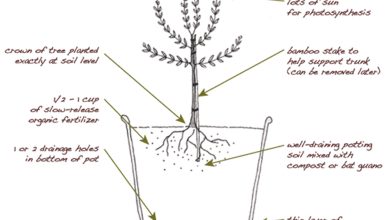
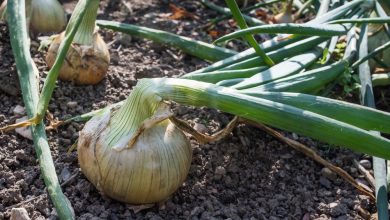
![Photo of Crepis Vesicaria: [Characteristics, Cultivation, Care and Disadvantages]](https://www.complete-gardening.com/wp-content/uploads/2022/08/crepis-vesicaria-characteristics-cultivation-care-and-disadvantages.gif)
